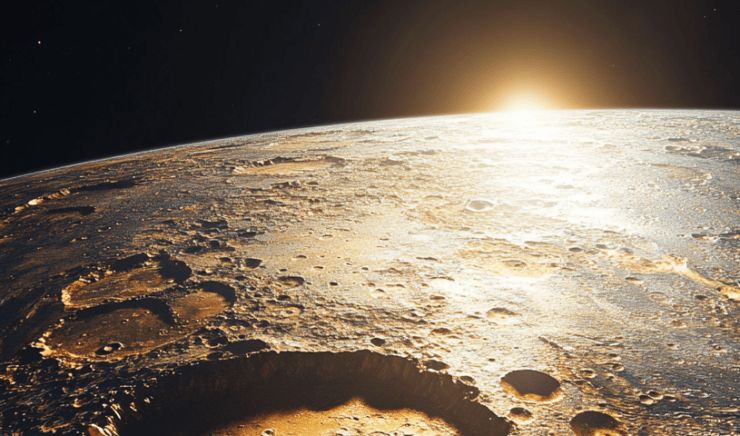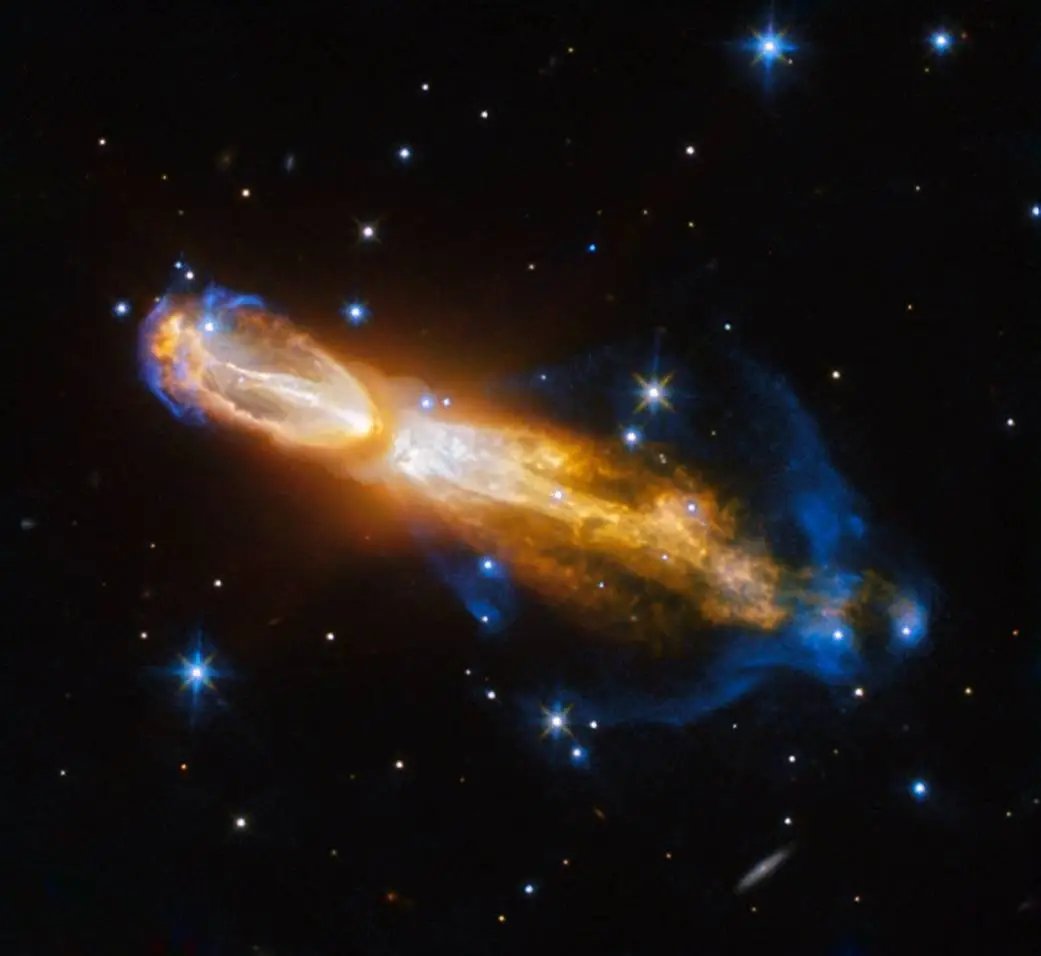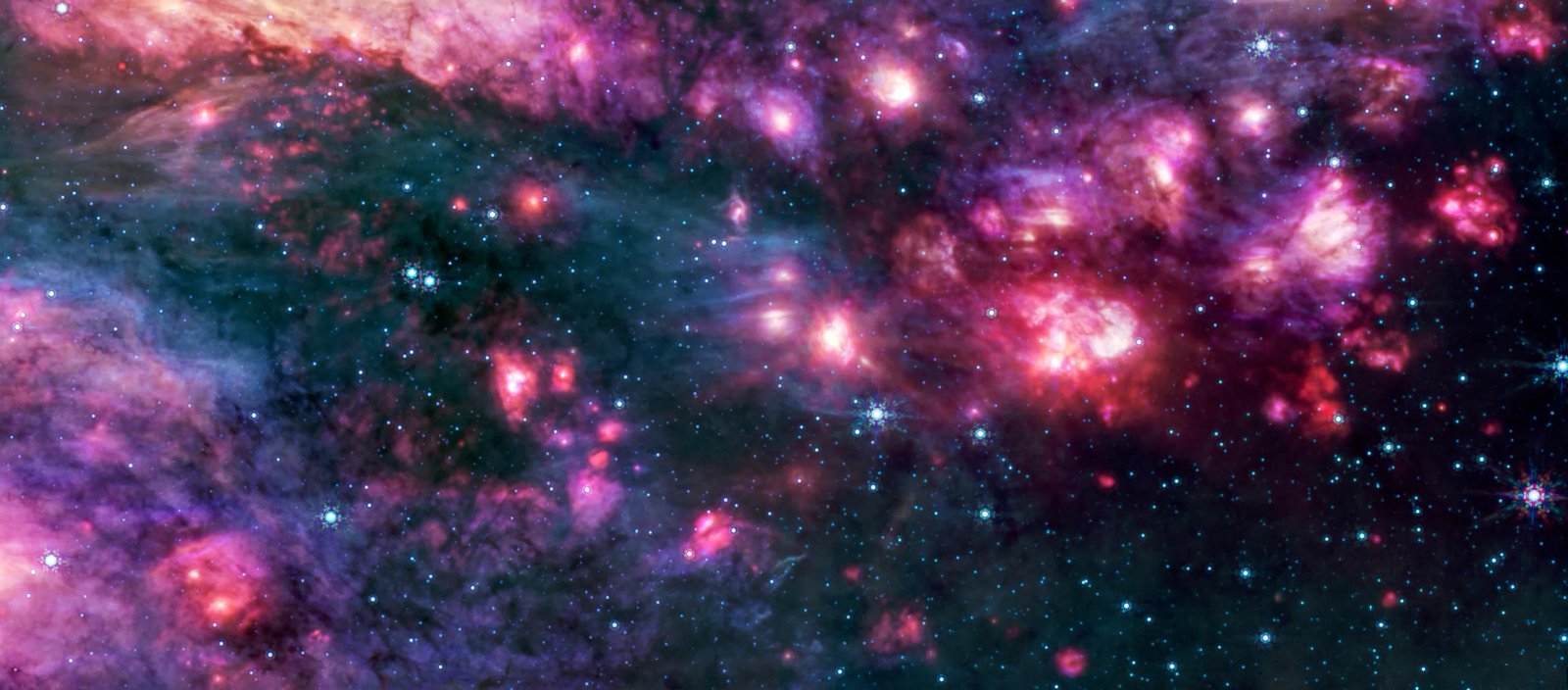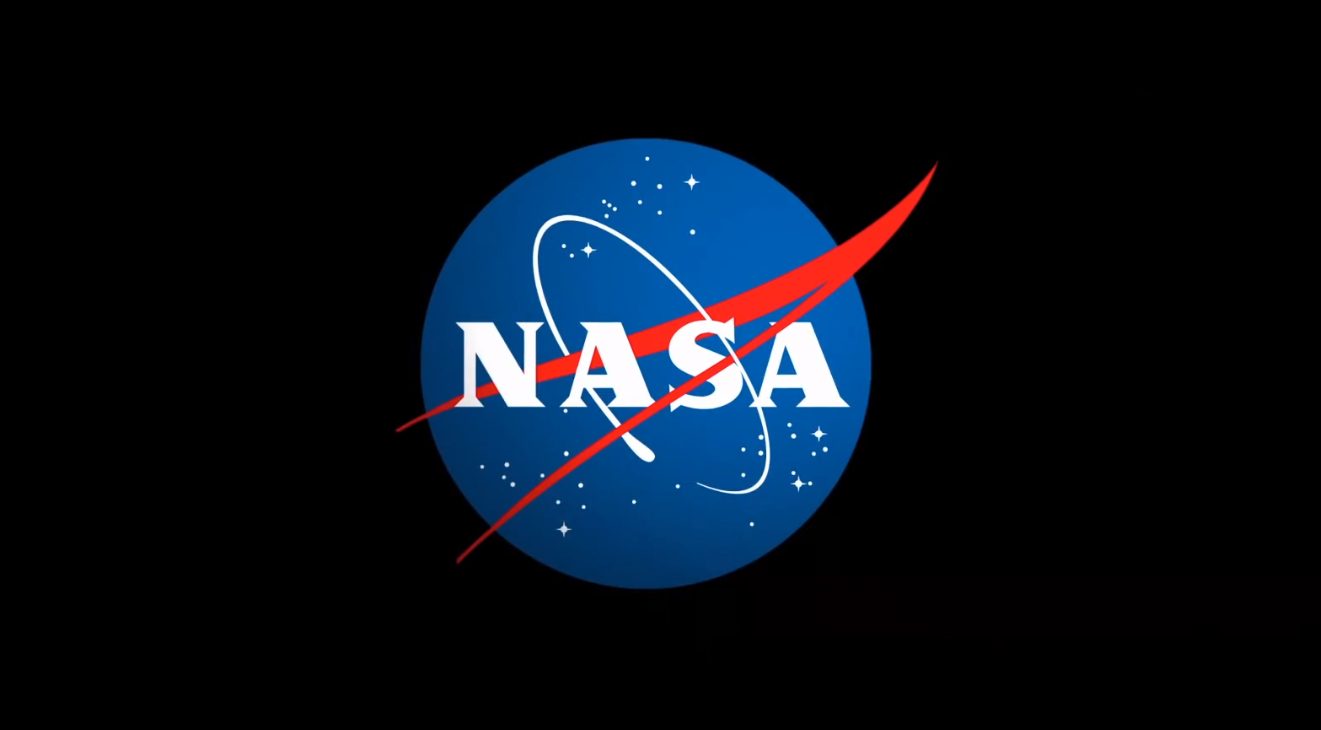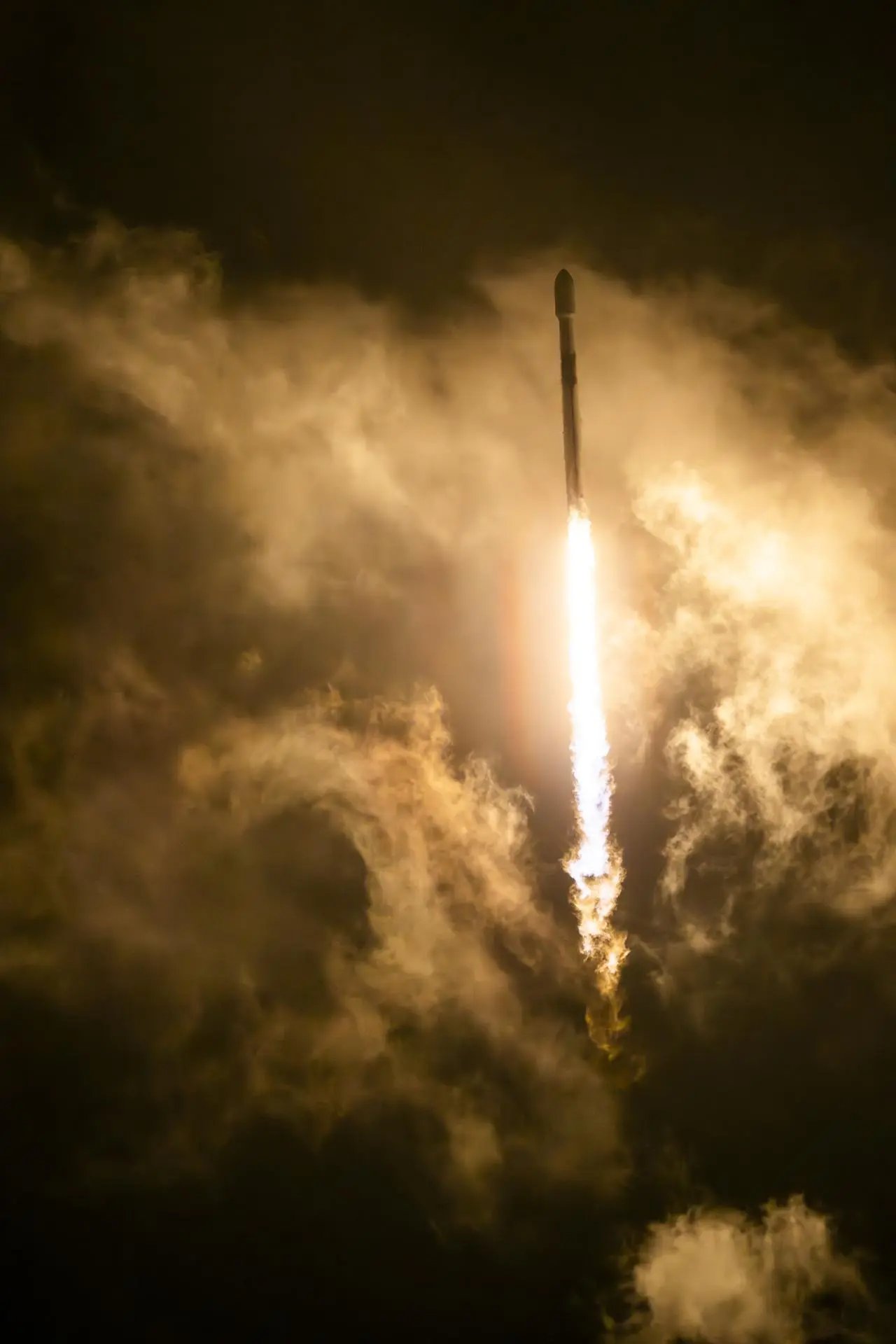In the vastness of our solar system, there exists a world teeming with volcanic chaos. That world is Io, one of Jupiter’s many moons, and the recent findings from NASA’s Juno mission have opened a window Io volcanic activity. This isn’t just a tale of cosmic exploration; it speaks to the fabric of our understanding of planetary science.
Juno is no ordinary spacecraft. Launched in 2011, it has spent years unraveling the mysteries of Jupiter. But its mission has grown beyond just the gas giant itself. In an ingenious twist, Juno has turned its eye towards Jupiter’s moons. Among them, Io has emerged as a focal point, showcasing some of the most intense volcanic activity witnessed to date.
How does Juno achieve this?
The key lies in its state-of-the-art instrument, JIRAM, or the Jupiter Infrared Auroral Mapper. This device is designed to detect the infrared light emanating from deep within Jupiter. Think of it as a specialized camera that can see what the human eye cannot. JIRAM peeks beneath the swirling clouds of Jupiter, delving 30 to 45 miles below the surface of its atmospheric layers. But, when Juno’s mission was extended, the team turned this powerful tool towards the icy and tumultuous surface of Io.
During its extended mission, Juno has executed close flybys of Io, each allowing for deeper insights. With every orbit, Juno inches closer, sweeping in at roughly 930 miles (1,500 kilometers) above the surface. But it doesn’t stop there. The latest reconnaissance occurred on December 27, 2024, where Juno skimmed the moon at an astounding 46,200 miles, uncovering patterns we’ve never seen before.
The results? Spectacular. As Juno gathered data, it identified extraordinary volcanic plumes, towering tens of miles into the sky – they were Io volcanic activity. These eruptions not only change the surface of Io but also cast a profound shadow over our understanding of geological activity in the solar system. Imagine a world where volcanoes are so forceful that they reshape landscapes and influence atmospheres. How wild is that?
Io volcanic activity an academic curiosity only?

This research isn’t merely academic curiosity. The activity on Io serves as a dynamic case study of volcanic processes that can occur on other celestial bodies, including our own planet. Understanding these processes affords us insights into planetary evolution and the potential for life beyond Earth.
Moreover, what we discover on Io has implications for future explorations. The changes in volcanic activity influence the magnetosphere of Jupiter and may affect the potential for human exploration of outer solar system targets like Europa and Ganymede. With Europa possibly harboring an ocean beneath its icy crust, understanding Io’s volcanic mechanisms could provide clues about what lies beneath that moon’s surface, drawing ever closer to the ultimate quest for extraterrestrial life.
The fascination with Juno’s findings extends beyond the scientific community. For us, the public, it presents a chance to reconnect with our curiosity about the universe. These discoveries ignite the imagination—what other volcanic worlds lie in the depths of space? What if, in our pursuit of knowledge, we unlock answers that transform our view of life as we know it?
In an age where technology fosters instant gratification, finding solace in the patience of space exploration reminds us of the beauty of discovery. Each data packet received from Juno is not just a collection of numbers and graphs; it’s a piece of a grand cosmic puzzle.
As we gaze toward the stars and the ever-fascinating dance of celestial bodies, let us celebrate these scientific revelations. The fiery world of Io is more than a far-flung moon circling a gas giant; it’s a testament to our unyielding quest for knowledge. With each mission, we draw closer to understanding our universe—one volcanic plume at a time.
Startups and the Science of Growth
NASA missions represent the ultimate expression of what we can achieve through collaboration, innovation, and hard work. They are a shining example of what humanity can accomplish when we set our minds to something.
NASA’s Juno mission has unveiled remarkable details about Io, the most volcanically active body in our solar system. This groundbreaking discovery offers valuable lessons for entrepreneurs, startups, and growth hackers striving for innovation in competitive markets. By analyzing NASA’s technology and methodologies, businesses can find inspiration and strategies to fuel their growth.
First, startups can adopt advanced imaging technology similar to Juno’s JIRAM instrument. This tool captures infrared light and provides insights that are not readily visible. In business, utilizing data analytics or unique imaging techniques can enhance customer insights and market analytics. Leveraging underutilized data sources can set startups apart in their industries.
Second, the principle of iterative learning from Juno’s repeated flybys serves as a guide. Each close approach offers refined data, which leads to improved understanding. Startups should apply a similar approach by iterating their products and services based on customer feedback. Regularly engaging with users can provide crucial insights, enabling companies to adapt swiftly and effectively.
Third, embracing collaboration is key. Juno’s mission involved the combined efforts of numerous scientists and engineers. Startups can benefit from fostering partnerships with other innovators or research institutions. Collaborative projects can lead to breakthroughs that might be unachievable alone.
The implications of the Juno mission extend beyond scientific discovery. As it inspires new tech and innovative thinking, it may influence how industries view data and collaboration. In an increasingly interconnected world, the successful application of these principles can lead to considerable economic benefits. In the future, we could witness a surge in technological advancements inspired by space exploration, fundamentally altering business models and enhancing global economies. The lessons from Juno remind us that sometimes, the challenges of the cosmos can illuminate pathways for terrestrial progress.
From the desk of a Technology Enthusiast
Despite all constraints, challenges, and difficulties, NASA represents humanity’s ability to rise above our differences and solve our greatest challenges. It’s a symbol of our collective potential.
NASA is often the target of criticism for its spending, but this overlooks the vital role they play in scientific research and technological innovation.
Although NASA’s budget has increased in recent years, it still represents a tiny fraction of the overall federal budget.
I endeavor to curate stories like this one (Io volcanic activity) on my website. This serves a dual purpose: firstly, to provide a valuable reference for my writing endeavors, and secondly, to share insightful narratives with the wider community. If you like this story, you should check out some of the other stories in the Science section or Small Business section.
To check the original story Click here
Expand Your Horizons
Stay informed on the latest NASA and space news at Space.com.
AI-NASA-V3


